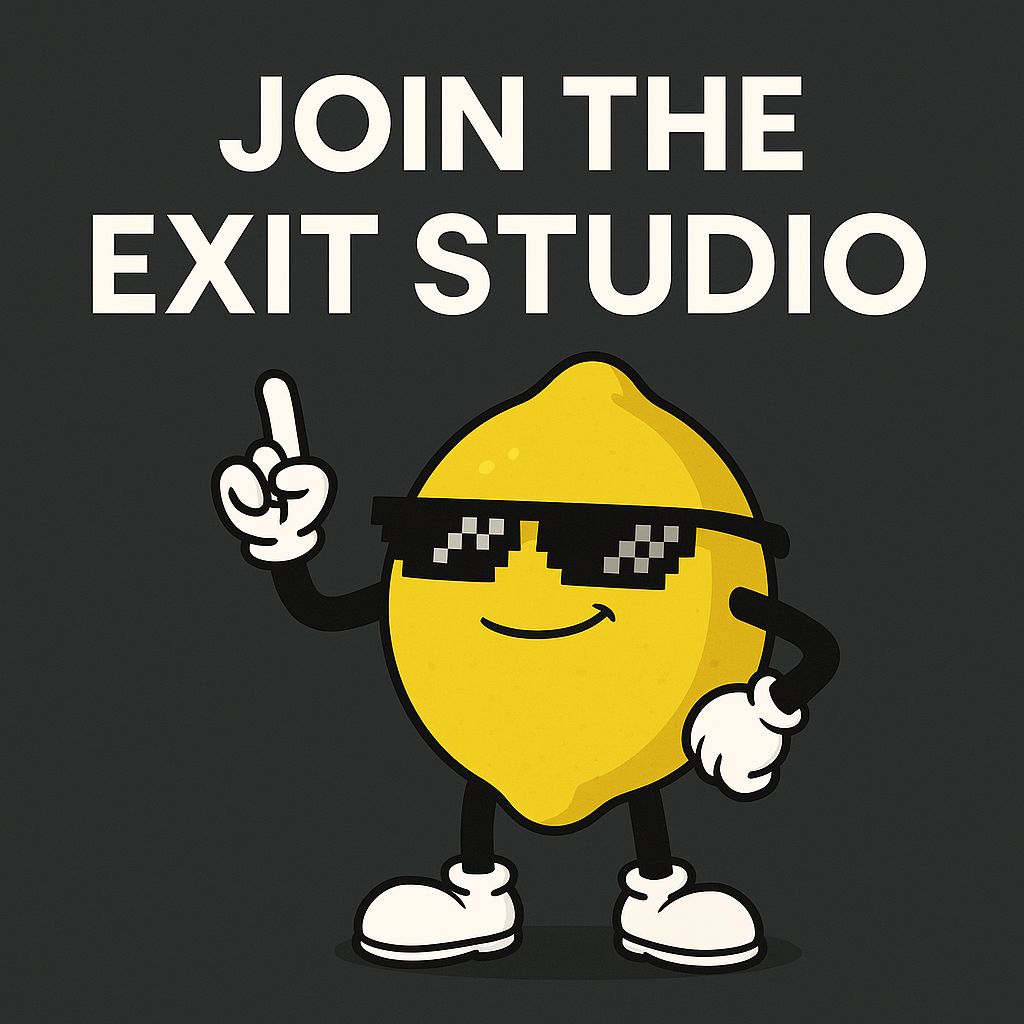- Simple Profits
- Posts
- Issue #341: Mental Models That Work
Issue #341: Mental Models That Work
Think With a HoldCo Mentality
In partnership with
 | If you enjoy this content, then let’s connect on LinkedIn. We actively invest in B2B service and SaaS businesses who prioritize building a long-term sustainable business. |
Welcome back fellow investopreneurs!
HoldCo Thinking🧠

1. The Asset Test
Is this a business, or is it a job with overhead?
Ask three questions:
Could someone else run this within 90 days?
Would a buyer value this without me involved?
If I stopped working, would it still produce cash?
If NO → you don’t own a business
If YES → you own an asset
✅ Decision rule:
Focus only on activities that make the business more sellable and less dependent on you.
2. The VALUATION METHOD
We don’t set goals. We remove constraints.
Instead of “grow revenue,” the HoldCo mindset asks:
What’s stopping the valuation from increasing?
Three types of constraints:
Revenue constraints (no pipeline)
Profit constraints (bad economics)
Risk constraints (key-man dependency, chaos, no documentation)
Valuation tells you where to work next.
3. The Multiples Mindset
Founders chase revenue. HoldCo owners chase multiples.
If revenue grows by $200K → you make $200K
If EBITDA grows by $200K at a 5× multiple → you create $1M in equity
Framework:
Increase profitability
Reduce dependency on you
Increase transferability
The more transferable, the higher the multiple.
4. Replace Yourself Hierarchy
You exit the work long before you exit the business.
There are 4 exits inside every exit:
Level | What you exit from | Result |
|---|---|---|
Tasks | Doing work | Time back |
Process | Managing steps | Simplicity |
Decisions | Making calls | Leadership |
Judgment | Being the source of truth | Autonomy |
✅ Goal: The business no longer needs YOU to run.
5. 1 Business, 3 Assets
Every business contains multiple assets. Extract them.
Teach people to look for assets in three layers:
Layer | What it is | Examples |
|---|---|---|
Operational Asset | The business itself | EBITDA, MRR, contracts |
Systems Asset | The procedures | SOPs, onboarding, playbooks |
Intellectual Asset | What you know | Frameworks, content, methodology |
HoldCo thinking says:
If you can document it, you can delegate it.
If you can delegate it, you can scale it.
6. The Buy Box
Only play games you can win.
HoldCo entrepreneurs don’t chase opportunities.
They evaluate through a filter:
Buy Box Criteria Example
25–70% gross margins
12–24 month payback
Time to cash < 60 days
Low key-man risk
Solvable with systems, not talent
If it doesn’t fit → we don’t build it.
7. Return on Time Model
Your most valuable asset is not money — it’s time allocation.
Ask:
Will this decision make me more needed, or less needed?
Time allocation framework:
Eliminate (remove)
Automate (software)
Systemize (repeatable playbook)
Delegate (people)
HoldCo entrepreneurs create leverage.
8. The Optionality Rule
Never build yourself into a corner.
Every business decision must preserve the ability to:
Raise capital
Replace yourself
Sell someday (even if you never do)
Optionality = leverage.
9. Systems Over Superheroes
If performance depends on a hero, it’s not an asset.
Founders often brag:
“We have rockstars.”
“We depend on A-players.”
HoldCo entrepreneurs brag:
“We have systems.”
People enable growth.
Systems enable valuation.
10. The 1 Hour CEO
Your value is measured in clarity, not labor.
If you can’t run the business from:
A weekly scorecard
KPIs on one page
A single ops meeting
Then you're not the CEO.
You're the operator.
🚀 Summary Cheat Sheet
The HoldCo Mindset:
Build assets. Not jobs.
Chase multiples. Not revenue.
Work on systems. Not tasks.

